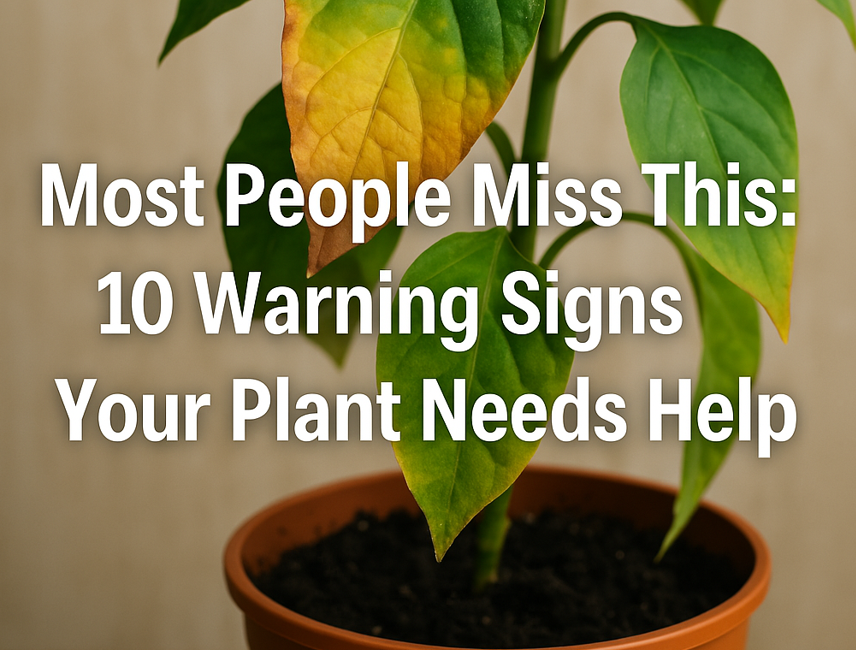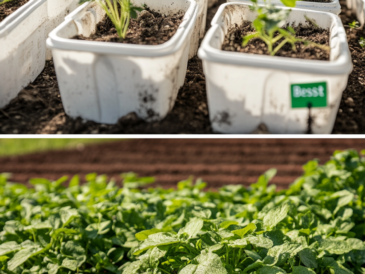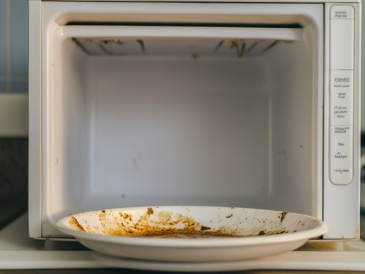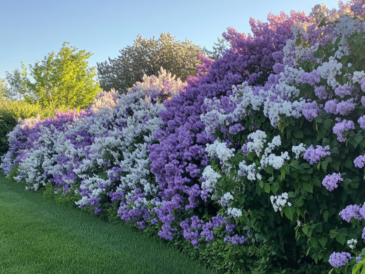Plants are more than decorative pieces—they are living organisms that communicate their health through subtle signals. Whether you’re from the United States, United Kingdom, Australia, or Canada, recognizing these vital signs early can save your greenery and prevent costly replacements.
Why Early Detection Matters for Plant Health
Early detection means quicker recovery. Spotting signs early can:
- Save money on plant replacements
- Preserve your gardening efforts
- Boost the aesthetic and health benefits plants bring into your home
1. Yellow Leaves: An Overwatering Alert
Yellow leaves often mean too much water, causing root rot and oxygen deprivation. Ensure your pots have drainage holes and let soil dry out slightly between watering sessions.
2. Brown Leaf Tips: Low Humidity Indicator
Brown, crispy leaf tips often signal low humidity, a common issue in colder climates like Canada and parts of the UK. Improve conditions by:
- Misting leaves regularly
- Using a pebble humidity tray
- Adding a humidifier to your plant’s area
3. Drooping Leaves: Underwatering Warning
Droopy, limp leaves usually indicate thirst. Water deeply and consistently, ensuring water reaches roots thoroughly.
4. Moldy Soil: Poor Drainage Symptom
Visible mold on the soil surface points to poor drainage. To address:
- Repot plants using fast-draining soil mixes
- Ensure adequate drainage holes in pots
5. Wilting Plants: Nutrient Deficiency Signal
Wilting can mean a nutrient shortfall. Fertilize regularly with balanced, high-quality fertilizers rich in nitrogen, phosphorus, and potassium.
6. Stunted Growth: Root-Bound Plants
If your plant growth has stalled, it might be root-bound. Solve this by:
- Inspecting the roots
- Gently trimming excess roots
- Repotting into a larger container with fresh soil
7. Leaf Discoloration: Pest Infestation Clues
Spots or unusual colors on leaves often indicate pests like aphids, spider mites, or whiteflies. Regular inspections and treatment with insecticidal soaps or neem oil can effectively manage infestations.
8. Spotted Leaves: Fungal Infections
Brown or black spots typically indicate fungal issues like powdery mildew. Prevent infections by:
- Improving air circulation
- Avoiding overhead watering
- Removing infected leaves and applying fungicides
9. Weak, Leggy Stems: Insufficient Light
Plants with thin, elongated stems are usually reaching for more light. Relocate your plants closer to natural sunlight or use quality grow lights to supplement indoor lighting.
10. Curling Leaves: Temperature Stress Sign
Curling or brittle leaves can result from temperature extremes, common in seasonal climates like those in Australia and parts of the US. Maintain stable indoor temperatures and avoid sudden exposure to cold drafts or excessive heat.
Conclusion: Keeping Your Plants Happy and Healthy
Regularly monitoring your plants and quickly addressing these warning signs helps maintain their beauty and longevity. Whether you’re gardening in Toronto, Melbourne, London, or Los Angeles, your plants will thrive with attentive care.
Ready to cultivate your green thumb further? Explore our other gardening articles for more expert tips!
Engage with Us!
Did you find these tips helpful? We’d love to hear from you! Leave a comment below sharing your plant experiences or ask us questions about gardening challenges you’re facing. Stay connected for more valuable content designed to make your gardening journey enjoyable and successful.




